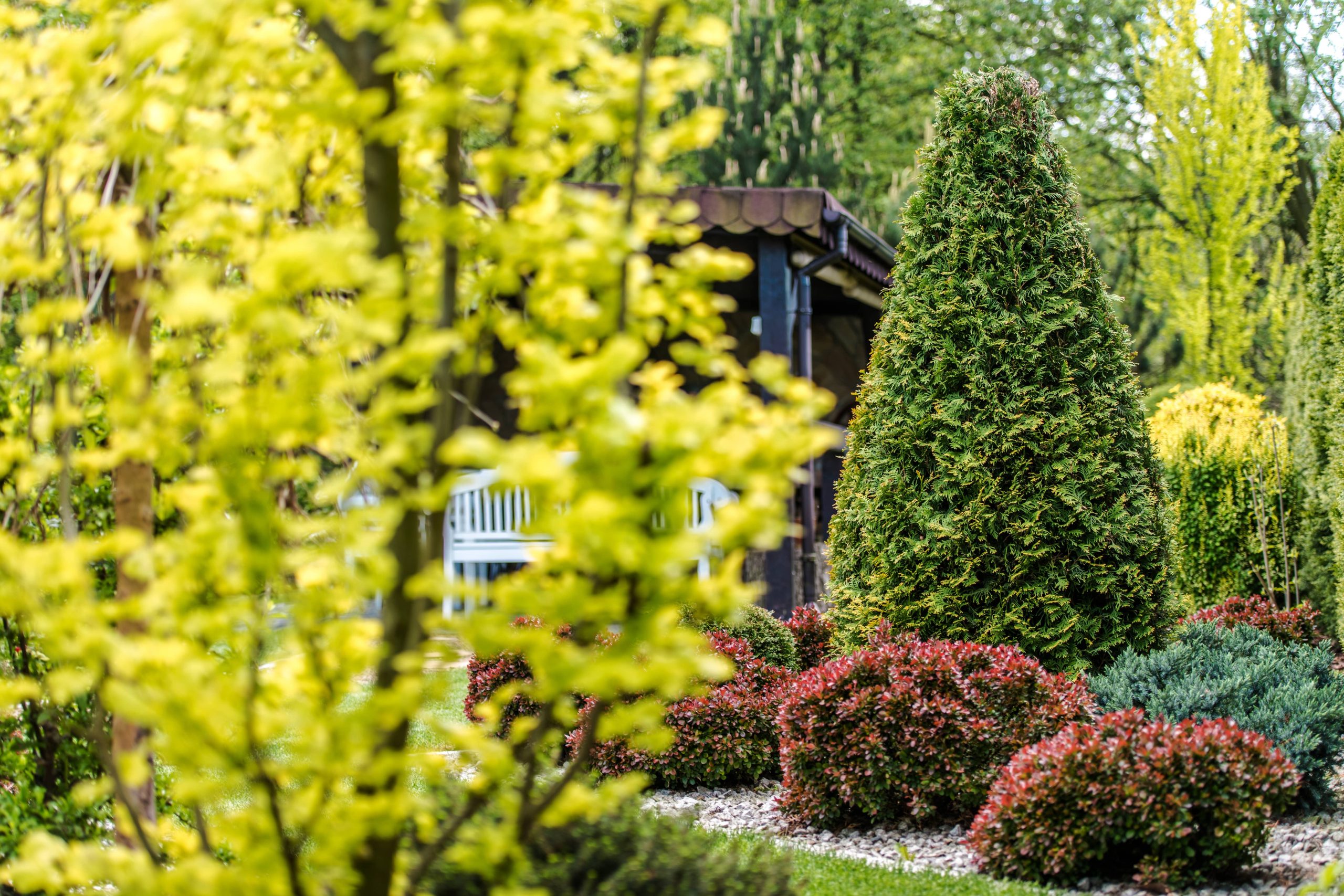
1. Plan Your Flower Bed
Before you start digging, take some time to plan your flower bed. Consider the size and shape of the area you want to plant. Sketch out a rough design on paper, taking into account the existing landscape and any structures like fences or pathways. Think about the style you want to achieve—whether it’s a formal, symmetrical design or a more natural, free-flowing look.
2. Choose the Right Location
The location of your flower bed is crucial. Most flowering plants require at least six hours of sunlight a day, so choose a spot that gets plenty of sun. However, if you have a shaded area, don’t worry—there are plenty of shade-loving plants that can thrive there. Also, consider the soil type and drainage in the area. You may need to amend the soil with compost or other organic matter to improve its quality.
3. Select a Color Scheme
Decide on a color scheme for your flower bed. You can choose complementary colors for a harmonious look or go for contrasting colors to create a more dramatic effect. Consider the colors of your house and other garden features when making your choice. Remember that foliage can also add color and texture to your flower bed, so include plants with interesting leaves.
4. Choose a Variety of Plants
A stunning flower bed often includes a mix of different plants. Choose a variety of flowers that bloom at different times of the year to ensure continuous color. Include a mix of heights, textures, and forms to add interest. Consider using perennials for a long-lasting display and annuals for a burst of seasonal color. Don’t forget to include some evergreen plants for year-round structure.
5. Consider Planting in Layers
Planting in layers can add depth and dimension to your flower bed. Place taller plants at the back or center of the bed, with medium-height plants in front of them, and shorter plants at the front. This arrangement ensures that all plants are visible and can create a tiered effect that is pleasing to the eye.
6. Incorporate Focal Points
Add focal points to your flower bed to draw the eye and create interest. This could be a particularly striking plant, a garden ornament, or a small water feature. Focal points can help to anchor the design and provide a sense of balance.
7. Pay Attention to Spacing
Proper spacing is essential for healthy plants and a neat appearance. Follow the recommended spacing guidelines for each plant to ensure they have enough room to grow. Overcrowding can lead to poor air circulation and increased risk of disease.
8. Use Mulch
Mulch is a gardener’s best friend. It helps to retain moisture, suppress weeds, and improve the appearance of your flower bed. Apply a layer of organic mulch, such as bark chips or straw, around your plants. This will also help to regulate soil temperature and provide nutrients as it breaks down.
9. Maintain Your Flower Bed
Regular maintenance is key to keeping your flower bed looking its best. Water your plants as needed, especially during dry spells. Deadhead spent flowers to encourage more blooms and remove any dead or diseased foliage. Fertilize your plants according to their needs and keep an eye out for pests and diseases.
10. Experiment and Have Fun
Gardening is an art, and your flower bed is your canvas. Don’t be afraid to experiment with different plant combinations and designs. Gardening is a learning process, and sometimes the best ideas come from trying something new. Enjoy the process and have fun creating a space that reflects your personal style.
In conclusion, creating a stunning flower bed is a rewarding project that can enhance the beauty of your garden. With careful planning, the right plant choices, and regular maintenance, you can create a flower bed that is both beautiful and functional. Whether you’re looking to add a splash of color to your yard or create a peaceful retreat, these tips and ideas will help you achieve your gardening goals. Happy planting!







